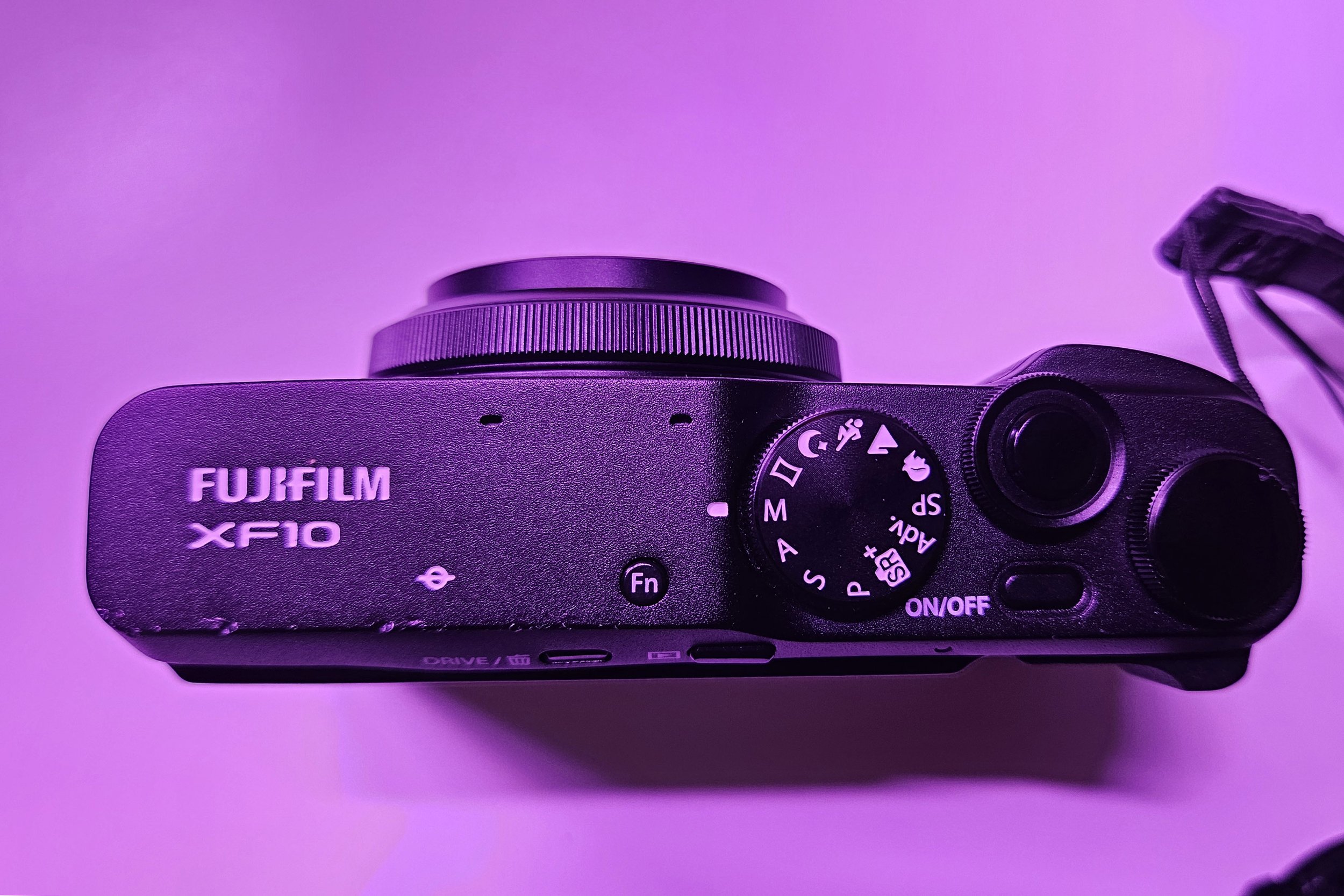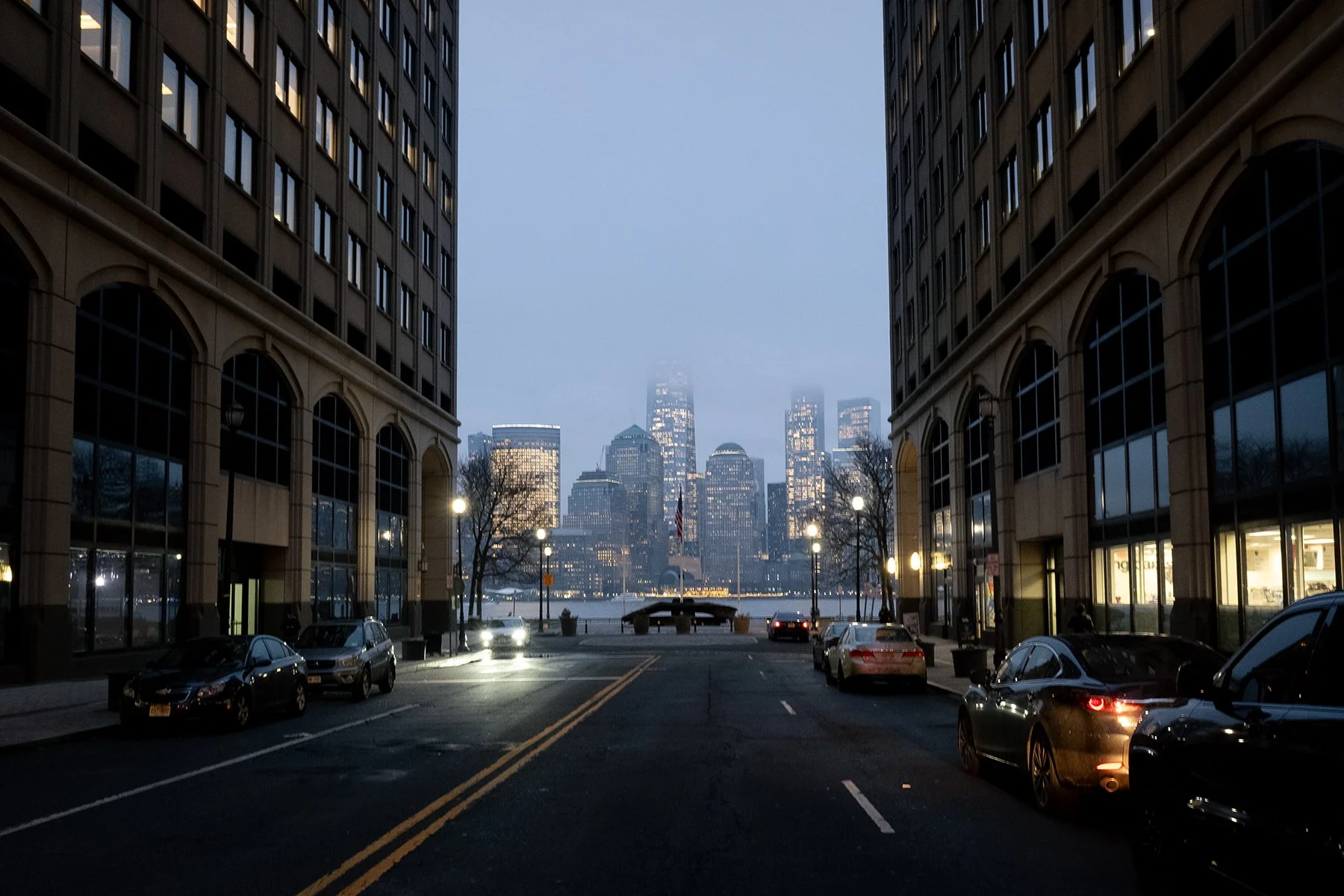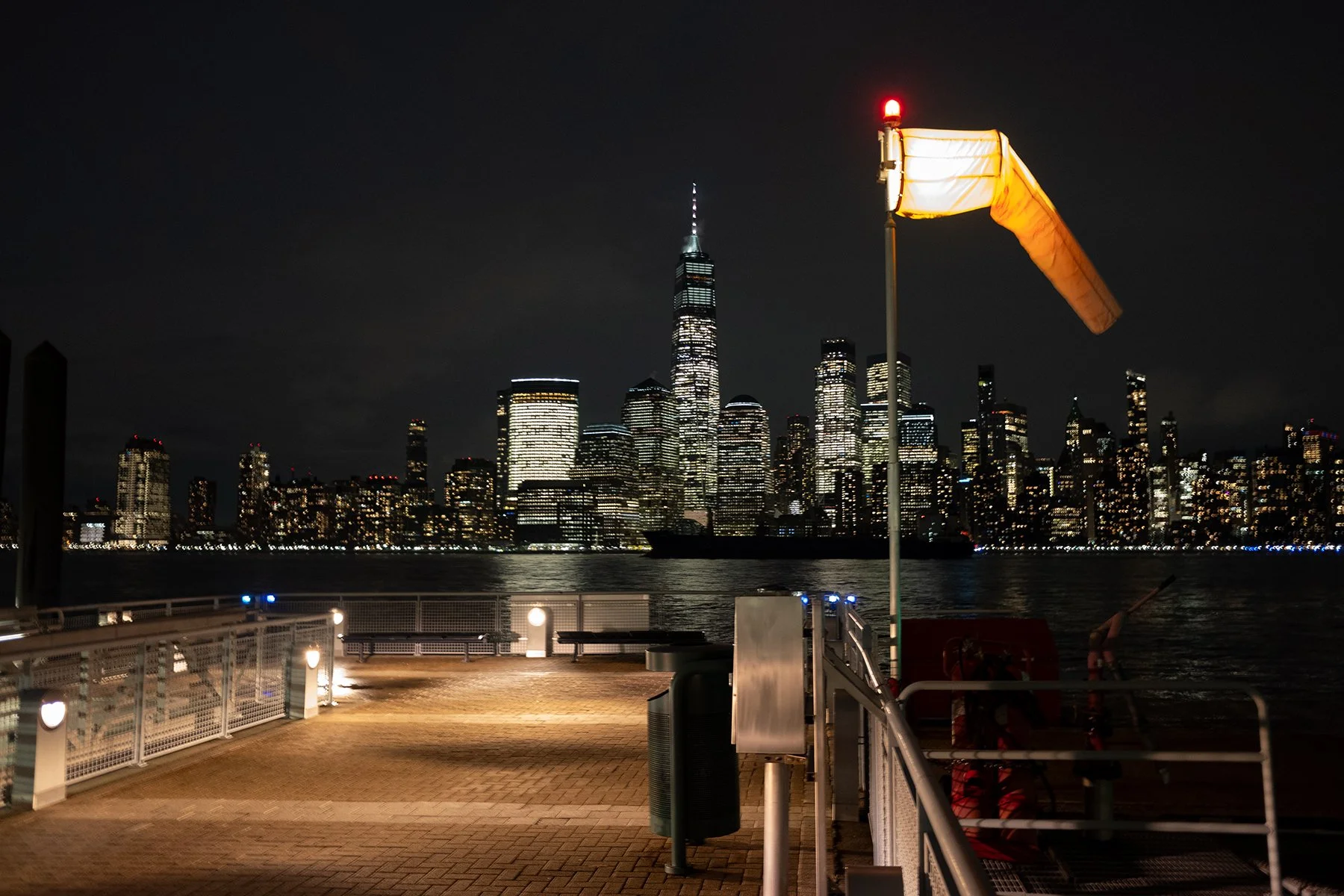Fujifilm XF10 Review (2024): A Compact Camera with Potential, But Not Without Flaws
Rating: ★★★☆☆ (3/5 Stars)
This is a review of the Fujifilm XF10, but it’s slightly different than the others because, and this can’t be overstated, I’m not a technical guy. I only care about one thing when it comes to the camera I use: will it help me achieve the look that I’m going for? I’m a firm believer in judging things by what they’re meant to be, not what they’re not. This camera is meant to be pocketable, sharp-lensed, with stylized photos, and some video capabilities thrown in. This camera is meant for snapshots and snap videos. And it’s meant to be affordable with an MSRP of $499.
So, I’m not judging it by the standards it wasn’t meant to achieve. It’s not a DSLR. It doesn’t have a full frame sensor. It doesn’t have optical zoom. It doesn’t have a flip or even tilt screen. It’s an elevated point-and-shoot, and that’s ok.
Over five years after its 2018 launch, a successor of the Fujifilm X70, the XF10 is already known for its sleek design and the classic Fujifilm aesthetic body. While it’s been surpassed by other, more viral cameras such as competitors Ricoh GR III, Sony RX100 series, and Fuji’s own X100V, it does have a place in the market for some photographers who value a pocket-sized package, even at an inflated price point. In my point of view, it falls short of expectations, leading to a modest 3-star rating.
Camera Specifications
Sensor: 24.2MP APS-C CMOS
Lens: 18.5mm f/2.8 (28mm equivalent in 35mm format)
ISO Range: 200-12800 (expandable to 100-51200)
Shooting Speed: Up to 6 frames per second
Autofocus System: Contrast-detect AF with 49 focus points
Video Capabilities: 4K at 15fps, Full HD at 60fps
Display: 3-inch touchscreen LCD with 1.04 million dots
Connectivity: Wi-Fi and Bluetooth
Battery Life: Approximately 330 shots per charge
Weight: 278g (including battery and memory card)
Dimensions: 112.5 x 64.4 x 41.0mm
Water’s Soul statue in Jersey City, looking at Lower Manhattan. 1/1700, f/4.0, ISO 200, -1/3
Starting with the parts I didn’t like
Ergonomic shortcomings
One of the primary drawbacks of the XF10 is its ergonomics. The camera, although compact, feels somewhat cumbersome to handle during prolonged use. It takes a while to fall in like with it. Those who are more dextrous than the average shooter will find it manageable to one-hand the camera; push and navigate it’s quick menu (Q button) and adjust aperture settings. For most of us, the buttons aren’t intuitively placed and require a lot of trial-and-error before figuring out a good photographic flow. Simply put, manual shooters will have a bad time. Aperture-priority shooters will find the experience easier.
The grip is not as pronounced as one might expect from a camera of this caliber and while it’s grippy enough, maneuvering your hand from shooting to resting position over a long period of time will be uncomfortable without adjusting. Not perfect for candid street photography.
It’s also missing a hot shoe, which its predecessor, the X70, had. What’s up with that?
Limited Versatility
Versatility is a key factor in the compact camera market, and here, the XF10 shows noticeable limitations. Its fixed 28mm equivalent lens, while delivering sharp-ish images restricts users to a single focal length. This is comparable to film point-and-shoot cameras, and the XF10 seems to be marketed to folks who might use them, but the typical fixed focal length on those is 35mm. It’s a bit wide for me, requiring cropping in post, and adjusting some of the distortion in the corners.
I know I promised not to judge it for a lack of an optical zoom, and I thought I wouldn’t miss it, but unfortunately I found myself wanting to zoom with more than just my feet.
Novelty of Recipes - A Mismatched Feature
Fujifilm introduced the concept of SOC (Straight Out of Camera) recipes allowing users to apply color and tone settings directly to their images. While this feature is intended to add creative flair and convenience, I find the results mixed at best. I’m new to Fujifilm digital cameras and the concept of recipes, so I’m sure this has already been debated to death. But I’m not a fan. Those of us who prefer to shoot in RAW and post-process their images, and the XF10 does allow shooting in RAW (it output in .RAF) these Fuji recipes may seem redundant. They remind me of those filters that Instagram used to have back in the day. Same difference. The camera's focus on this feature feels like a misplaced priority, overshadowing more fundamental aspects like improved autofocus or enhanced low-light performance.
Not to mention, the recipes look nothing like the film emulsions they’re named for (Astia, Provia), nor do they feel appropriate in lighting conditions that would never work on those particular emulsions.
Autofocus Concerns
This was the nail in the coffin for me and brought the rating down to three stars. The XF10's autofocus system is huge area where the camera struggles. I’m not alone as plenty of commenters across Reddit and other forums have noted that the autofocus is slower than expected, especially in low-light conditions or with fast-moving subjects. This lag results in plenty of missed or blurry images, which is a significant disadvantage for a camera that aims to be a go-to choice for everyday photography. It’s especially frustrating to look at the 3” screen, think you got a sharp shot, only to bring it into Photoshop to see a smudged monstrosity. Checking if every image is tack sharp after shooting doesn’t make this a very easy to use, point-and-shoot, go-to camera.
The lack of reliable autofocus is certainly noticeable when you compare the XF10 to other cameras in the same class, which if other reviews are to be believed offer quicker and more accurate focusing capabilities.
4K Video Performance Below Expectations
I almost didn’t mention this because video wasn’t my primary reason for buying the XF10. But in an era where 4K video is standard, the XF10's capability to shoot 4K video at 15fps is notably underwhelming. I know, I know; it came out over five years ago. But Sony’s RX100V preceded it by three years and offered 4K video at 30fps, 25fps, and 24fps. Most contemporary cameras offer 4K recording at a minimum of 24fps, which is considered the standard for smooth, cinematic-like footage. The XF10’s 15fps frame rate leads to video that appear choppy and less lifelike, detracting from the overall quality. Simply put, what’s the point?
This limitation is a significant drawback for those looking to use the camera for high-quality video production, particularly in a market where consumers expect 4K video to be synonymous with high-end, fluid visuals. Sad trombone sound to the vloggers who picked up this camera.
Now, the parts I did like
Despite its shortcomings, the Fujifilm XF10 does have several positive attributes that make it an appealing option for certain photographers.
It’s snatched; sleek, inconspicuous, and very quiet
The XF10's design is one of its standout features. Its sleek, compact form factor makes it highly portable and inconspicuous, ideal for street photography or for those who prefer a camera that doesn't draw attention (i.e. people who appreciate aesthetics). The camera easily fits into a coat pocket or a small bag, making it a great companion for everyday use or travel.
And, again, photographers who value discretion, especially in street or candid photography, will appreciate the quiet shutter of the XF10, once certain beeps are disabled in the settings menu. The leaf shutter let’s you take photos unobtrusively (read: sneakily), which is not only beneficial for capturing natural, spontaneous moments but also makes the camera less intrusive in quiet environments.
It’s built different
The build quality of the XF10 is commendable. Fujifilm has used high-quality materials that give the camera a solid, premium feel; nothing plasticky about it. The build quality extends to the camera's durability, making it a reliable tool for photographers who are on the go and need a camera that can withstand the rigors of travel and outdoor use. I bought a used one on eBay that had some dings in the exterior and they’re barely noticeable. The camera can take a beating in your bag, though I would still avoid dropping it.
The 3-inch touchscreen LCD of the XF10 is another highlight. With a resolution of 1.04 million dots, it provides clear and crisp image previews and playback. Of course, it’s not always easy to tell if your photo is truly sharp without zooming in very closely. The screen's brightness is also noteworthy and adjustable, offering good visibility even in bright outdoor conditions. This feature enhances the overall user experience, especially when composing shots.
Should you buy a Fujifilm XF10 in 2024?
It depends what you want and if you think it’s worth the resale value. The camera has been discontinued, and resellers are charging $200 above MSRP (remember, the original price for a new one was $499) for “Near Mint” ones on eBay. With taxes and shipping, I paid $667 for mine, and I’m planning on returning it.
In summary, the Fujifilm XF10 balances style, size, and functionality but has notable limitations in ergonomics, versatility, video capabilities, and most importantly the auto focus. Despite these issues, its sleek design, high-quality build, excellent screen, and quiet shutter make it a worthy consideration for casual photographers and those who prioritize portability and discretion.
In all fairness, the XF10 stands as a testament to Fujifilm's commitment to compact camera design, yet also highlights the challenges of balancing advanced features in a small form factor. With my 3/5 rating, I’d say that the Fujifilm XF10 is suitable for certain photography enthusiasts, but those seeking more advanced features might look towards other options in the market.
You can find these cameras used on eBay or Amazon (affiliate link - if you buy something, I make money) if you’re in the market. However, there are other options available that are cheaper new, including the Lumix ZS200D which I loved and reviewed here.














